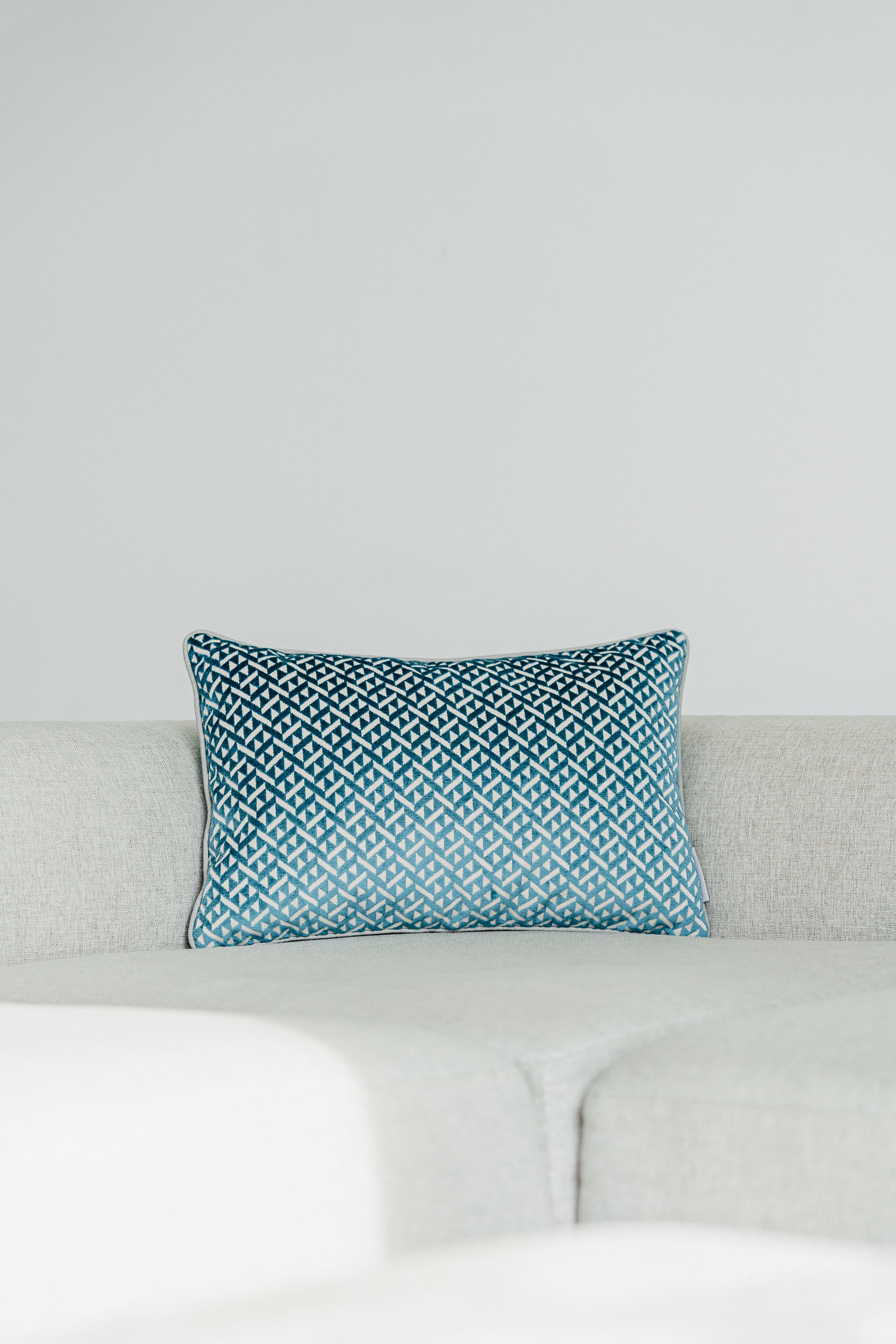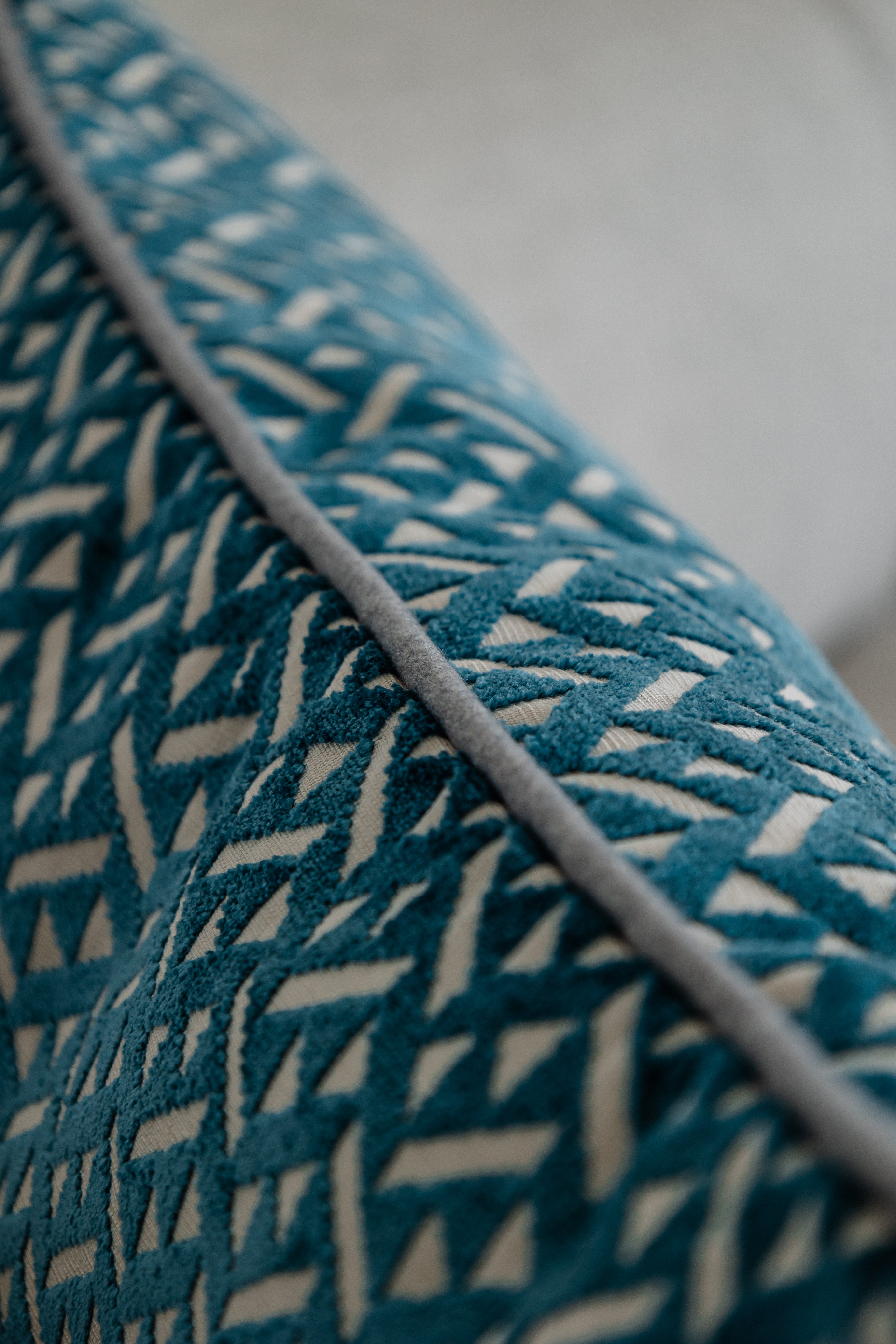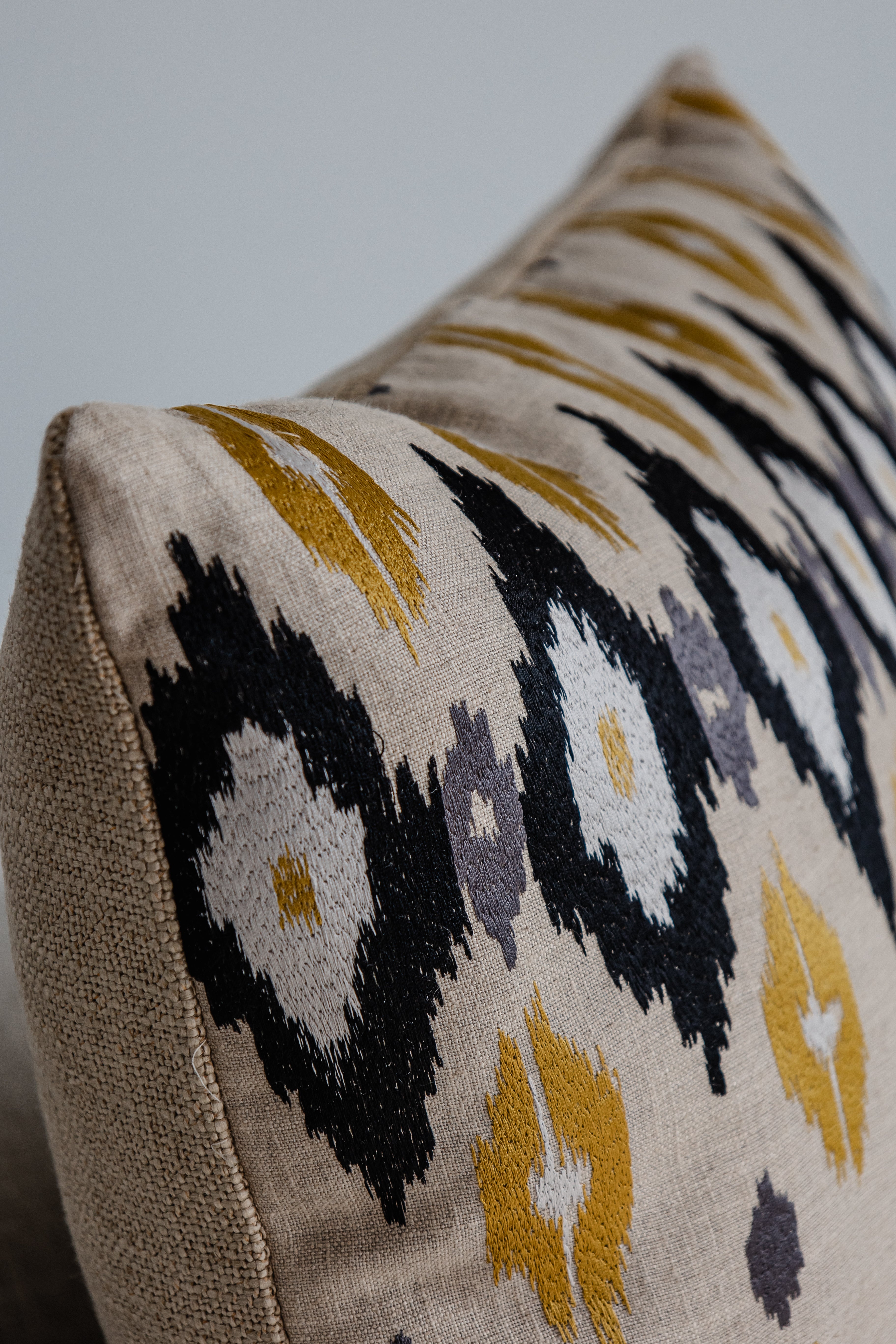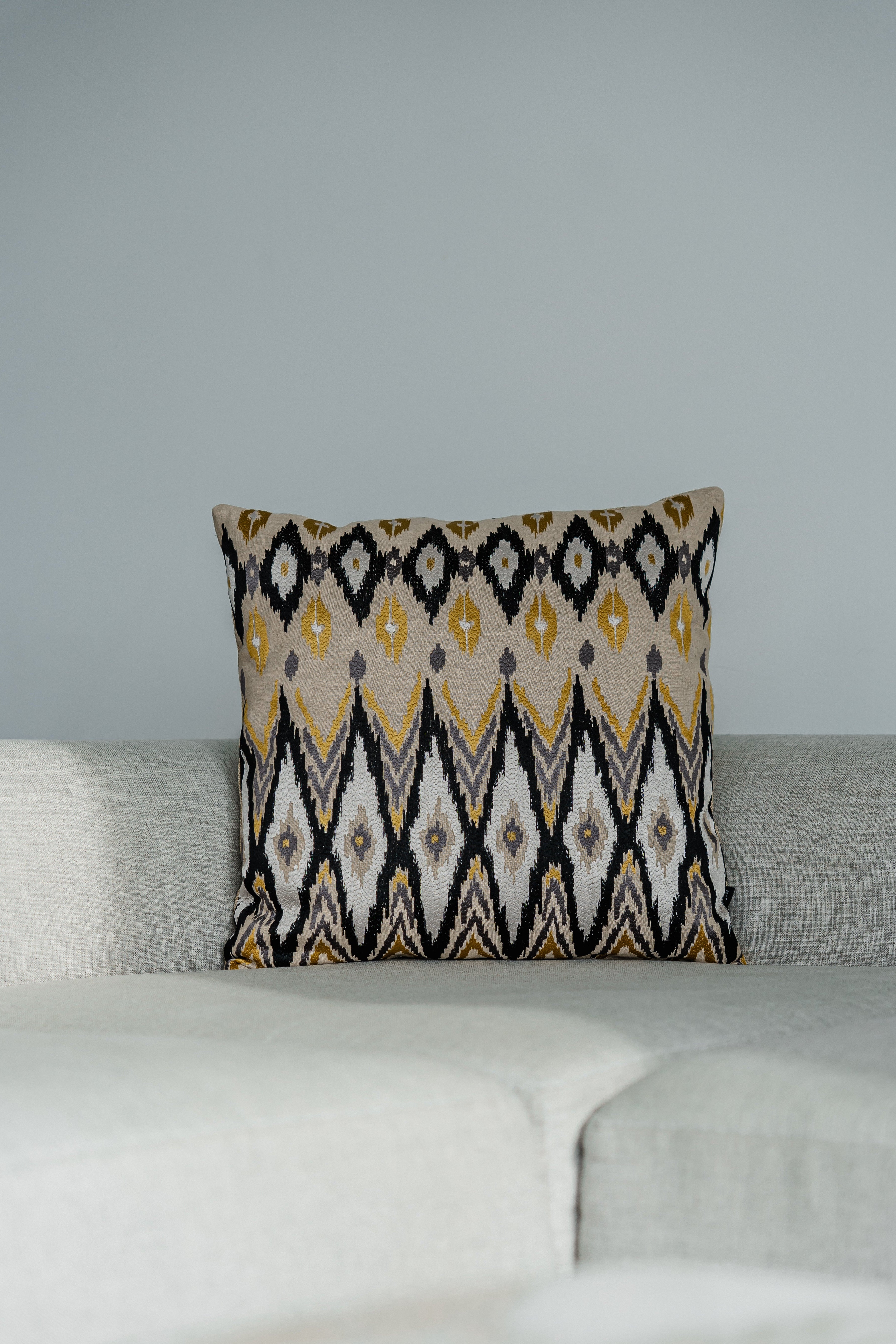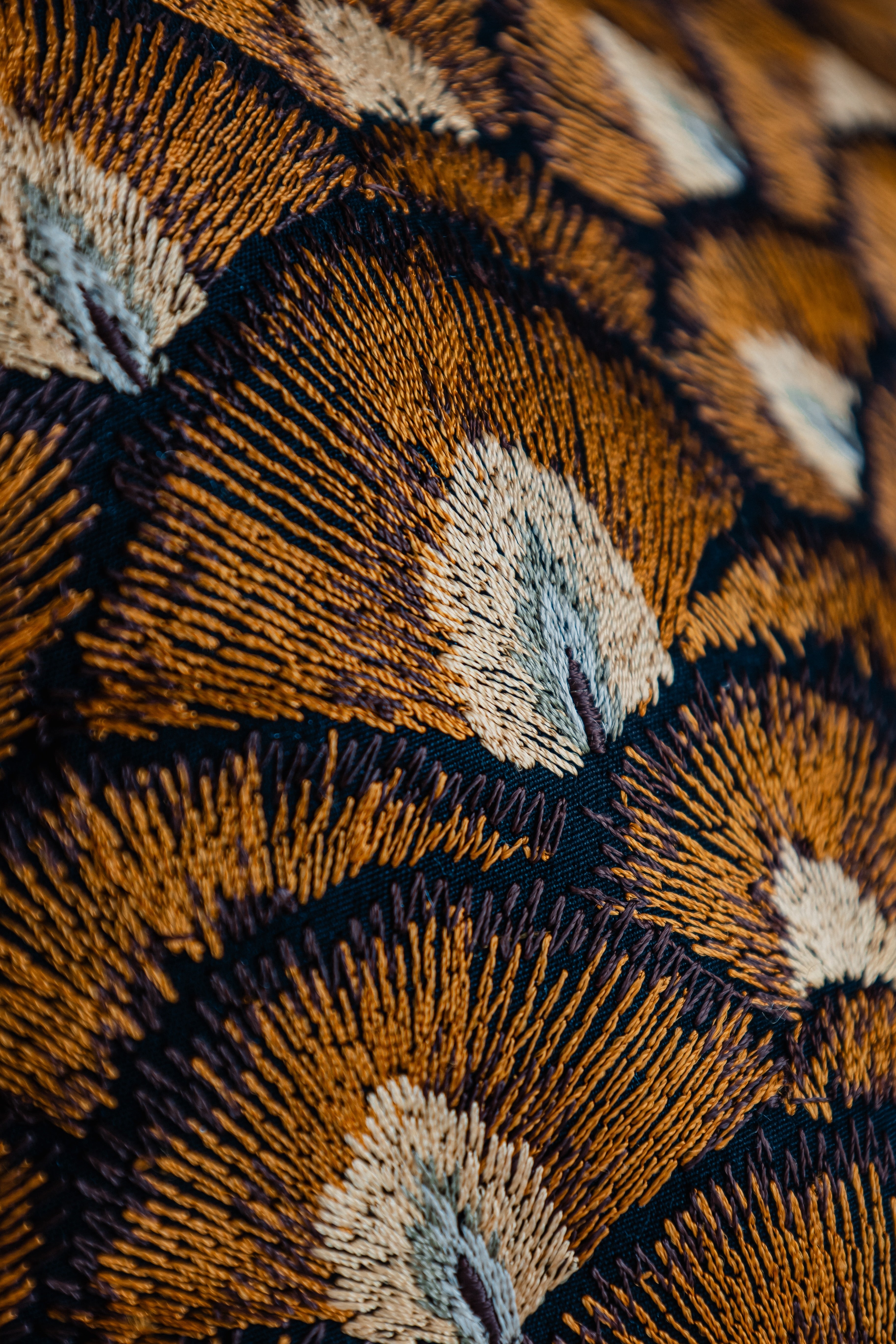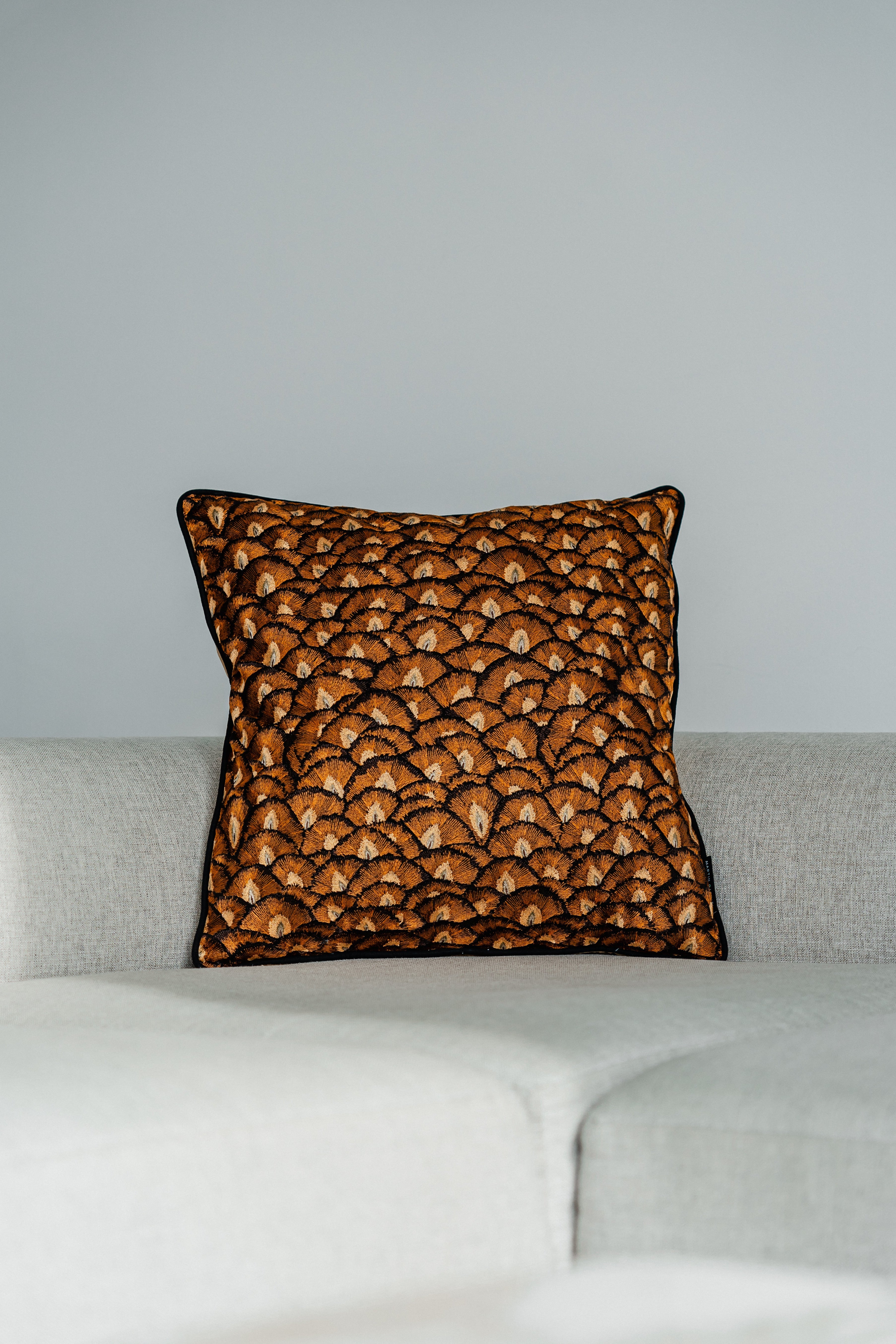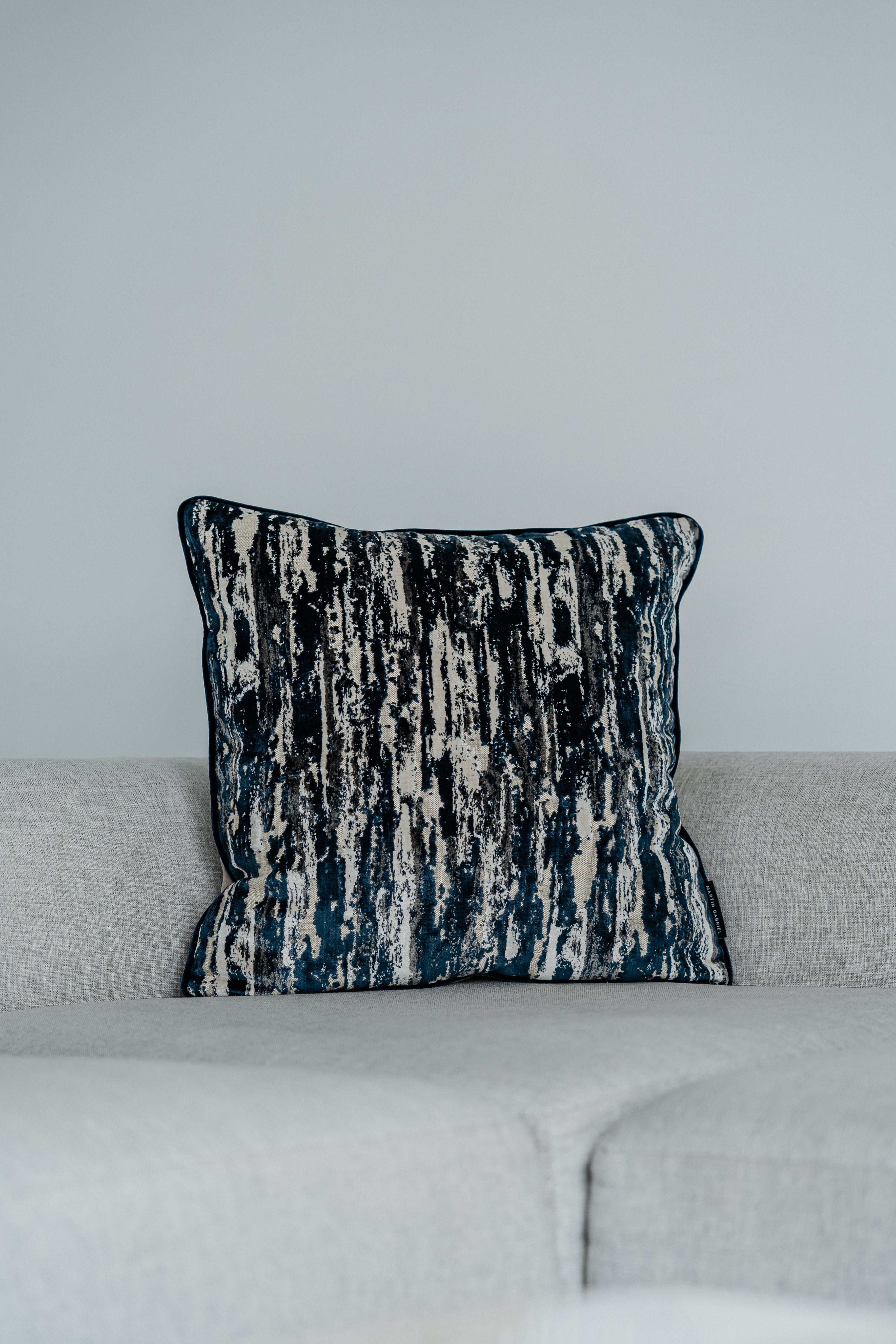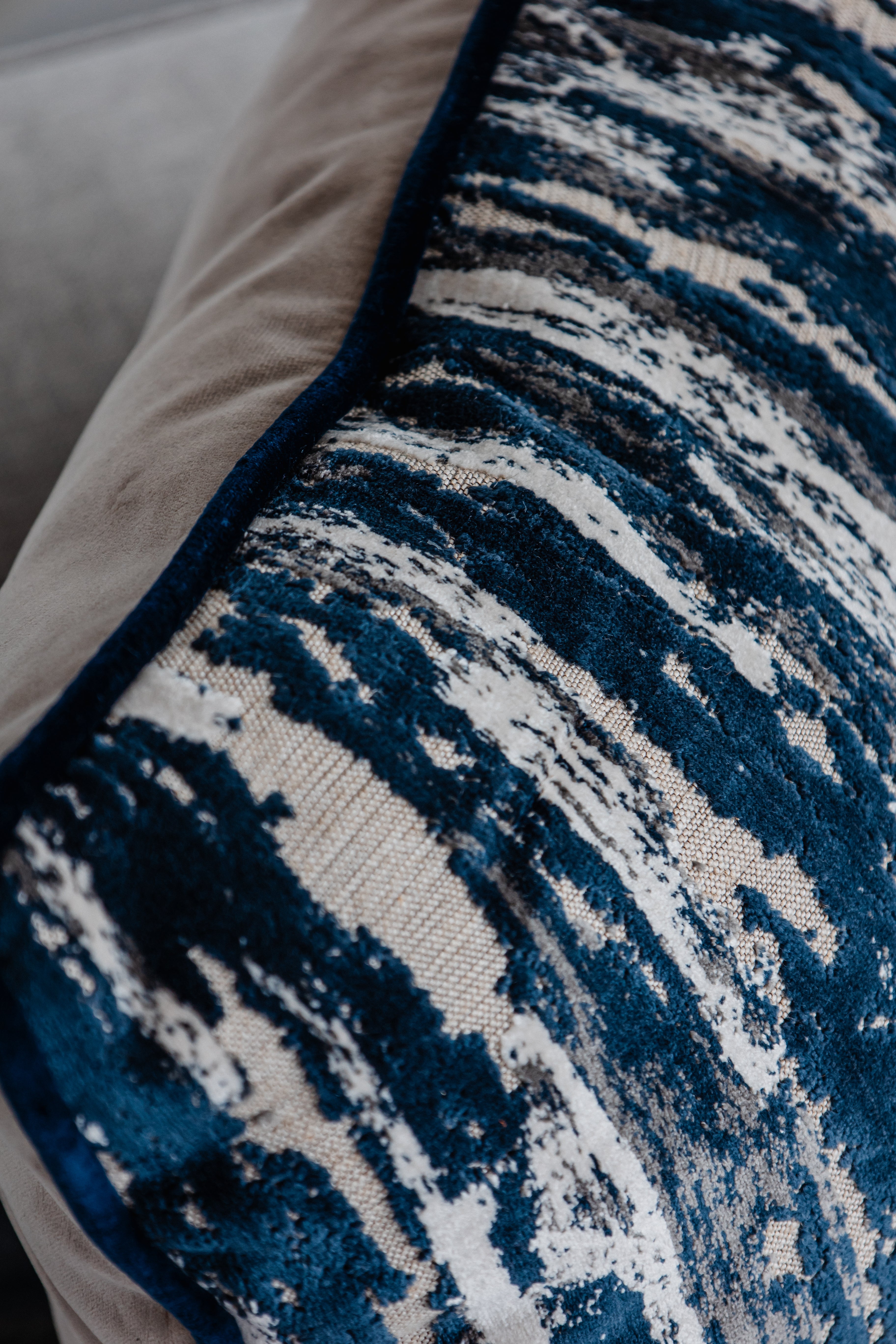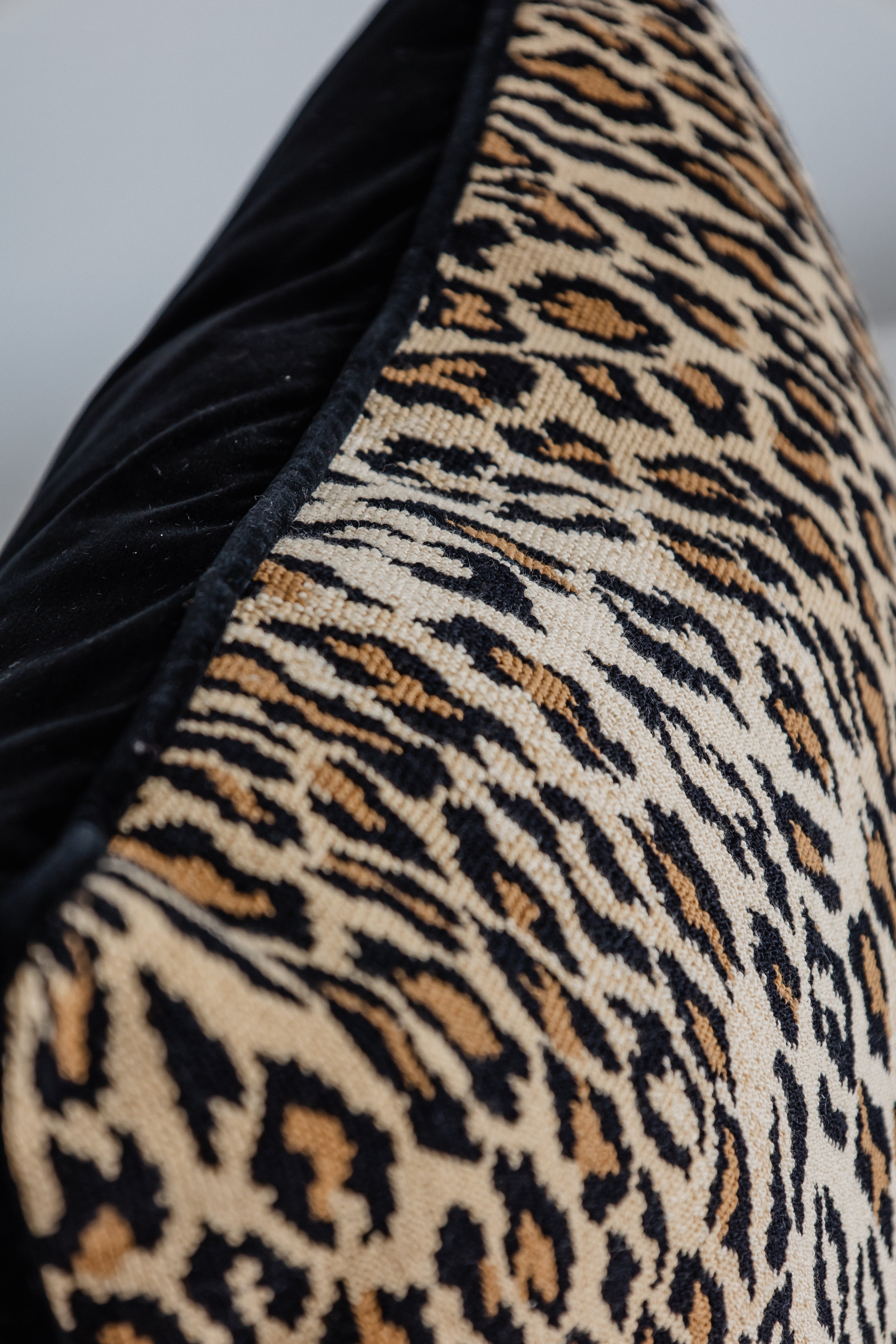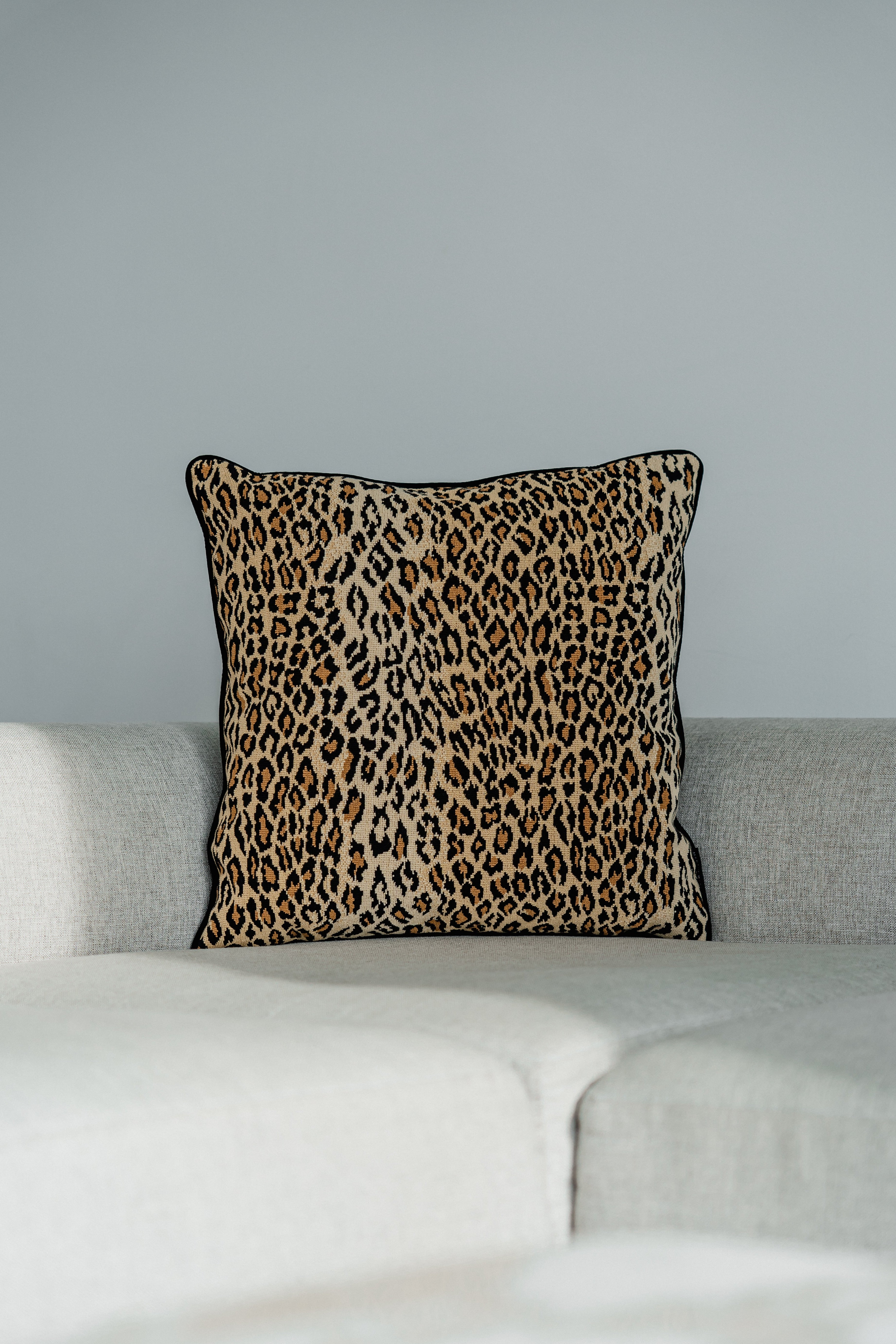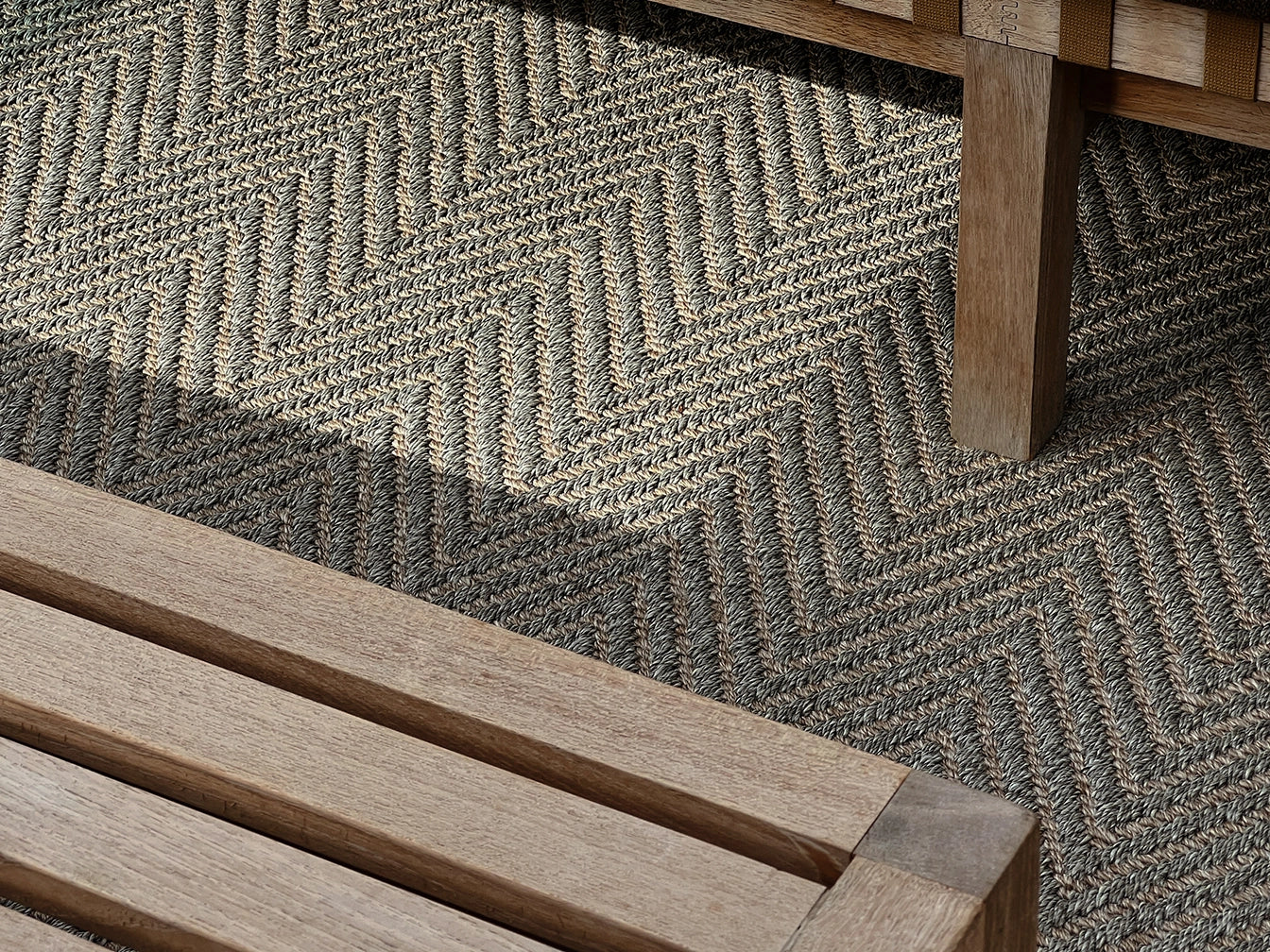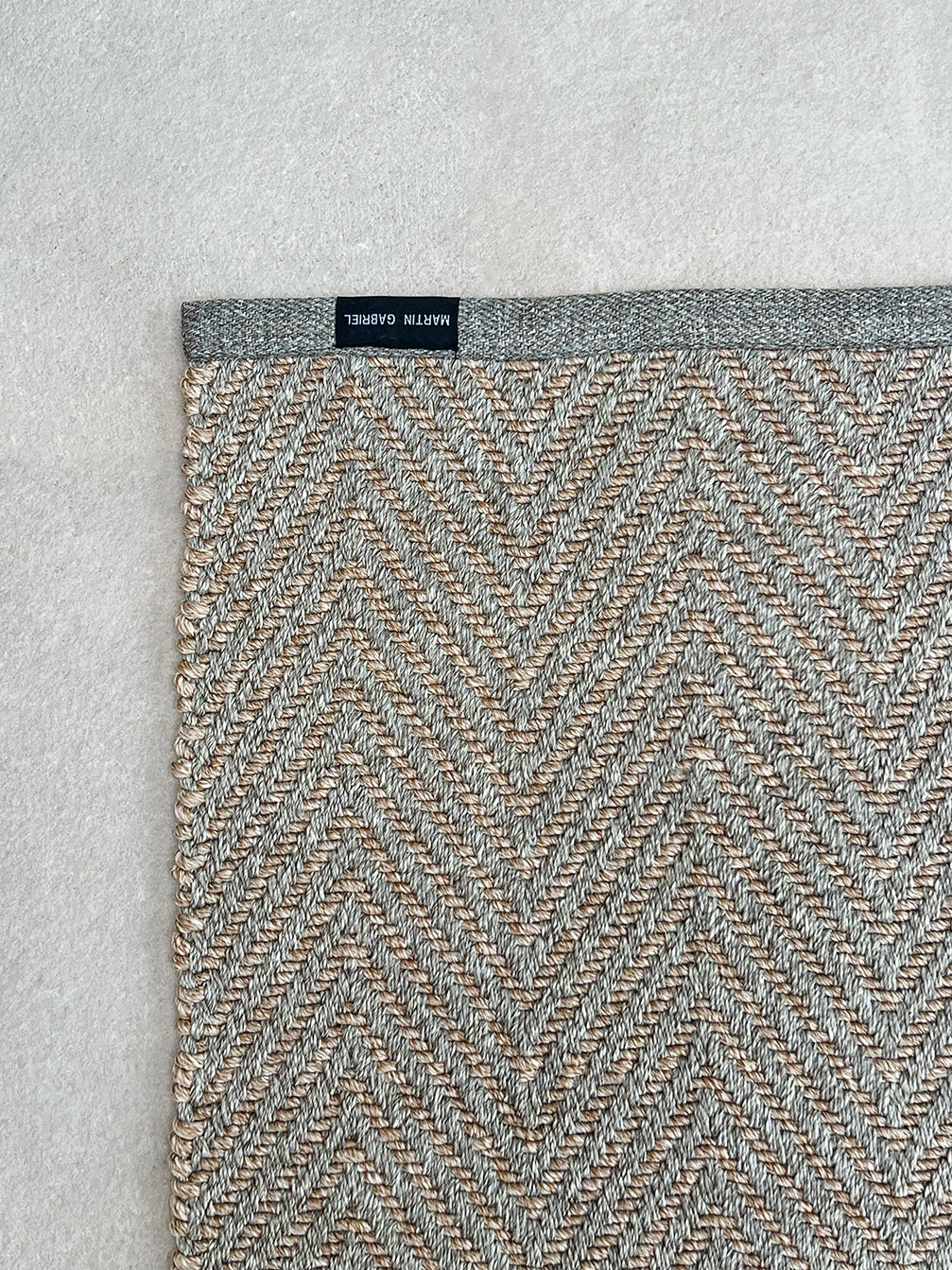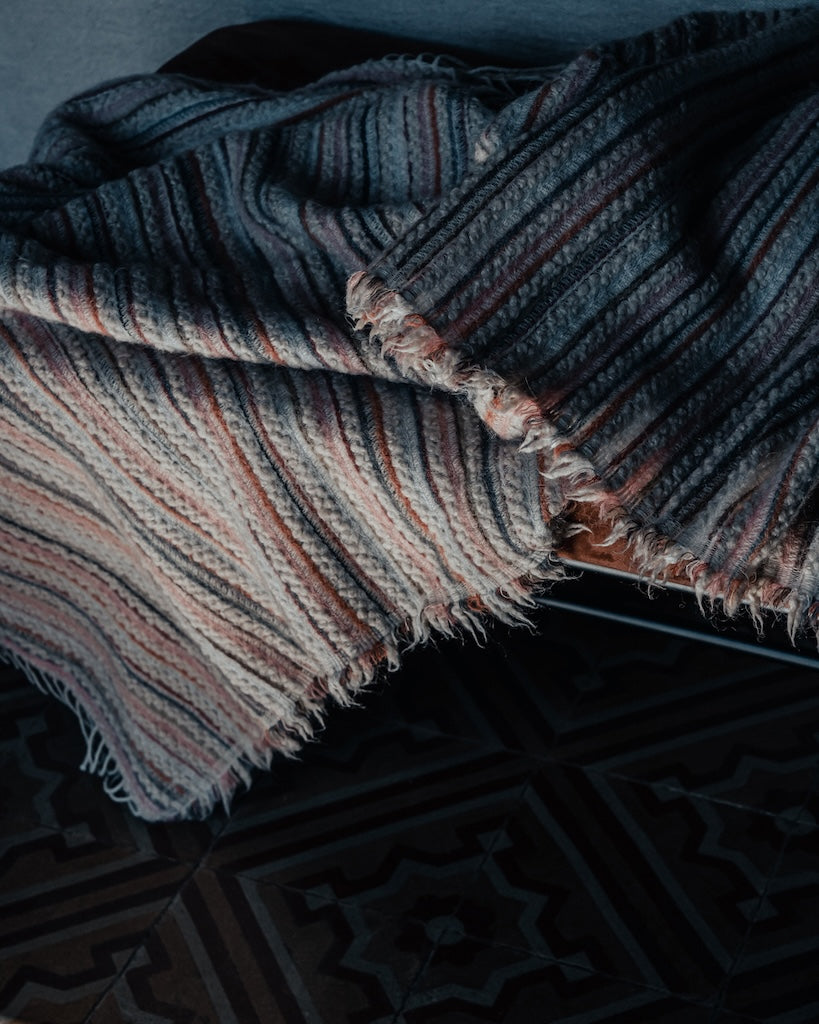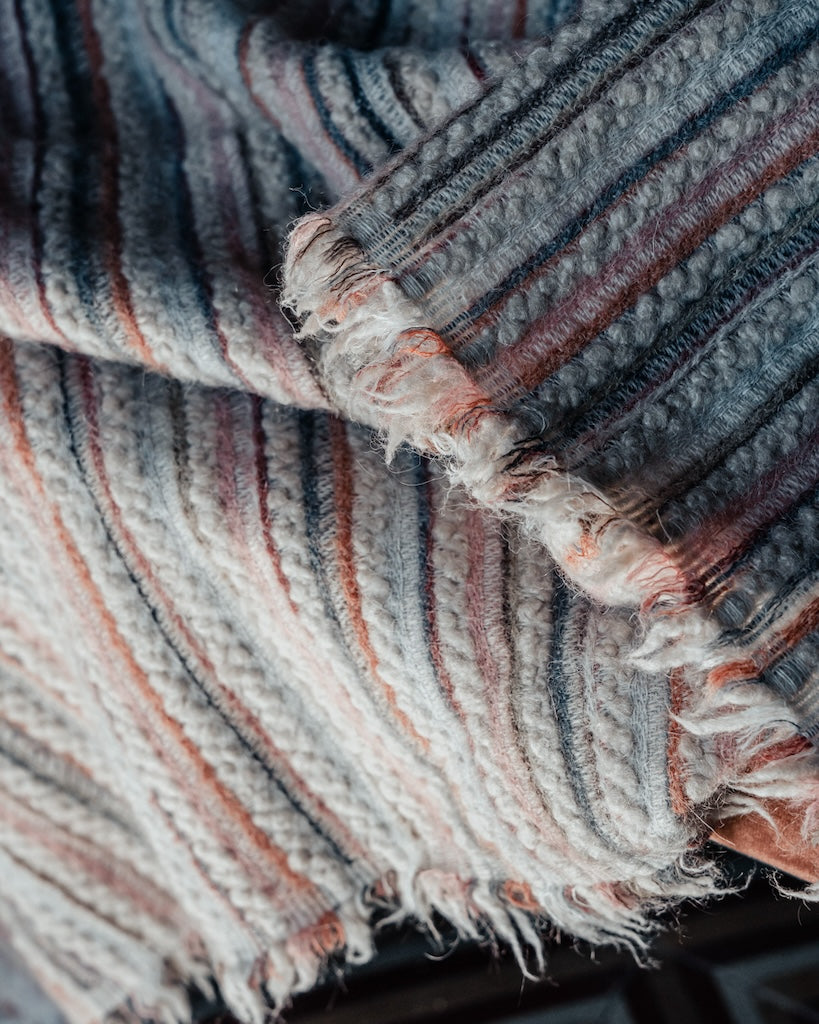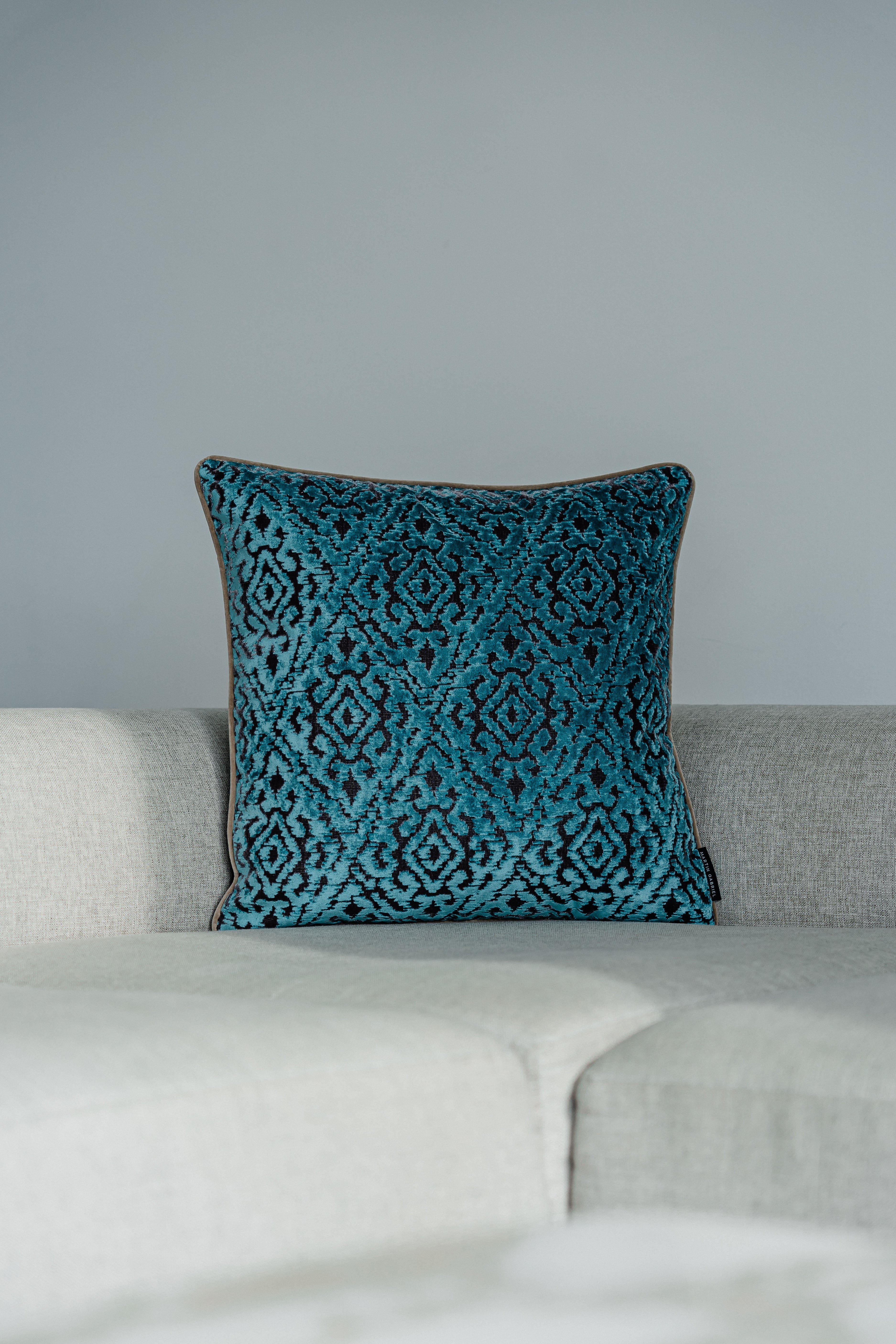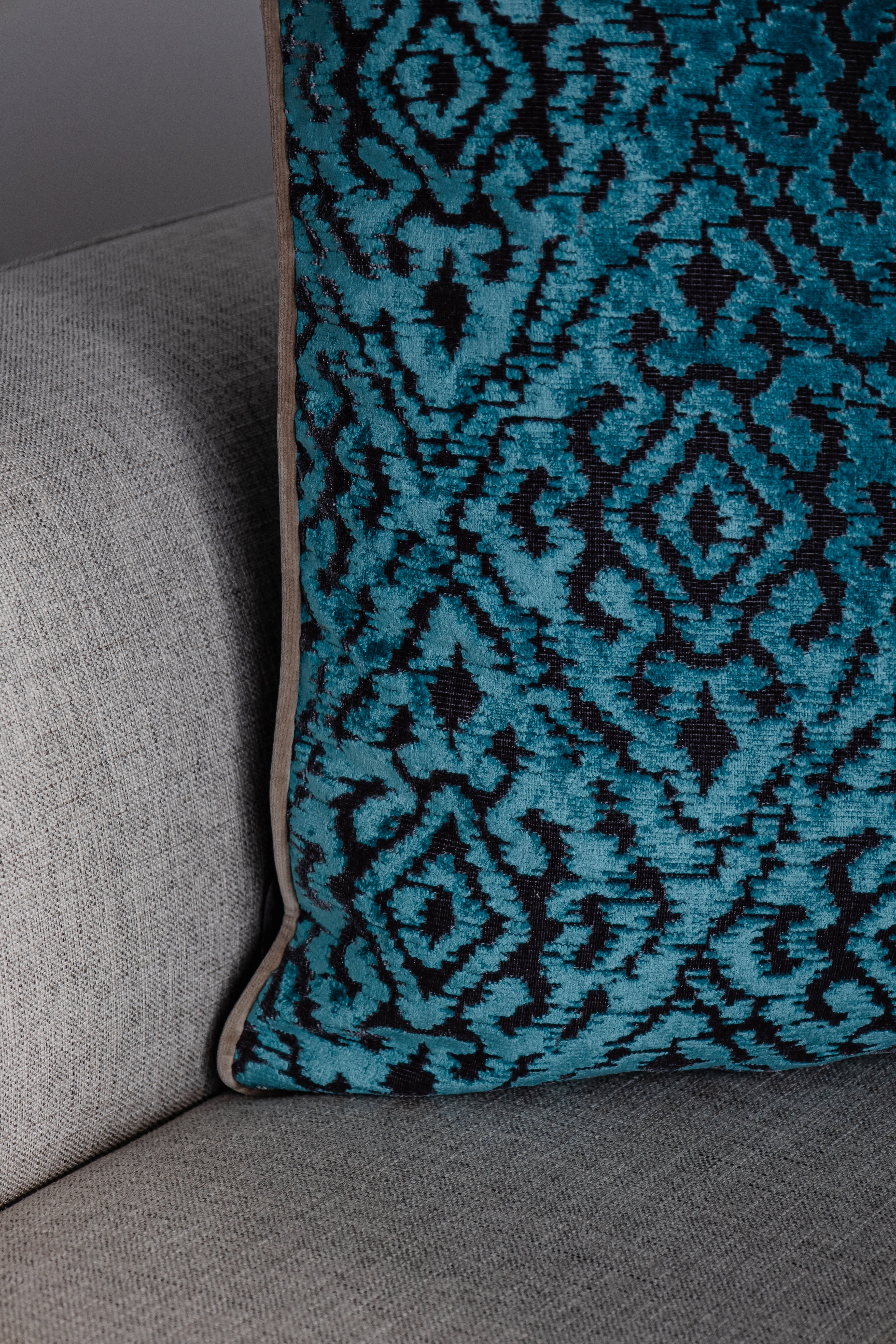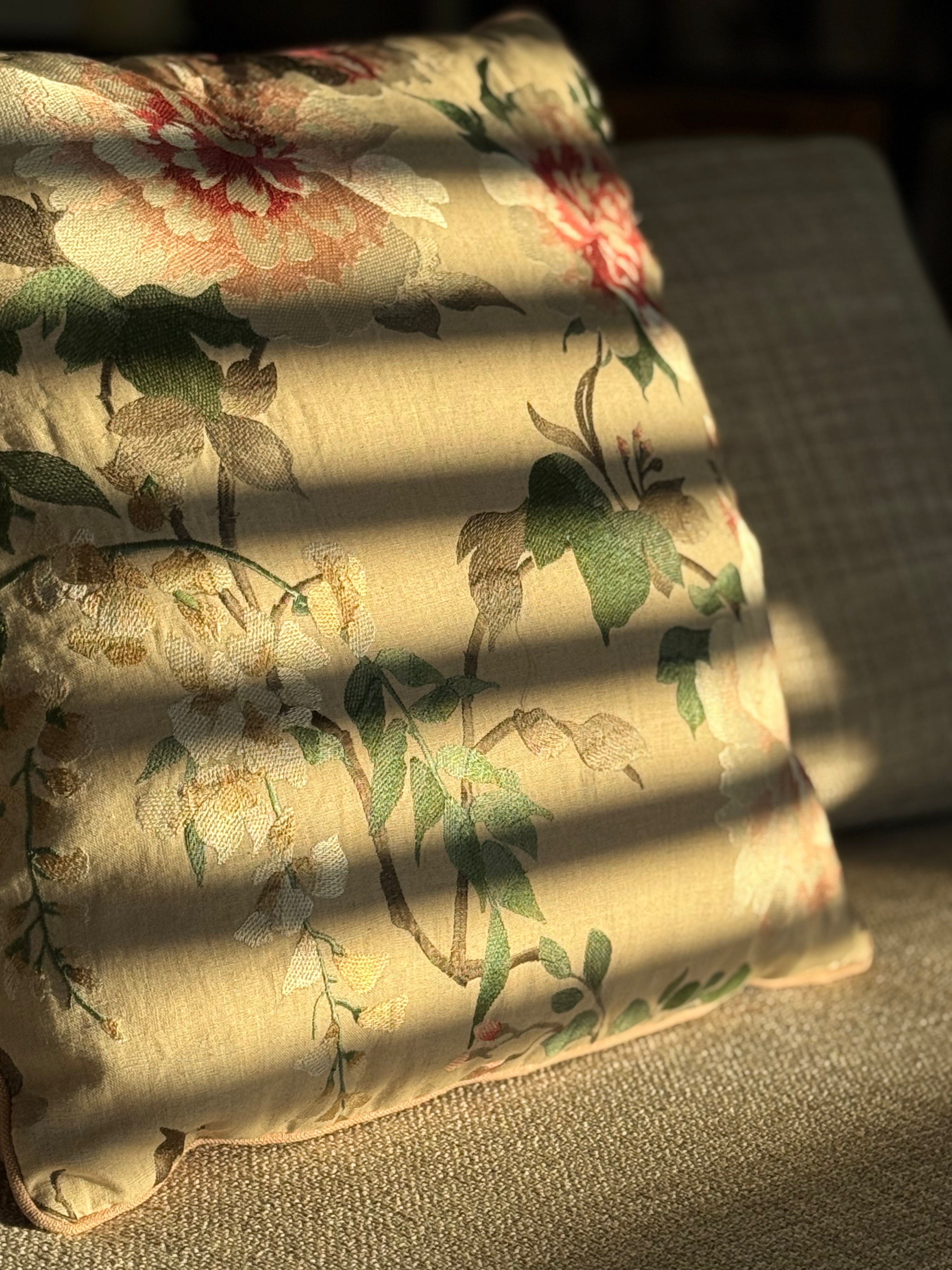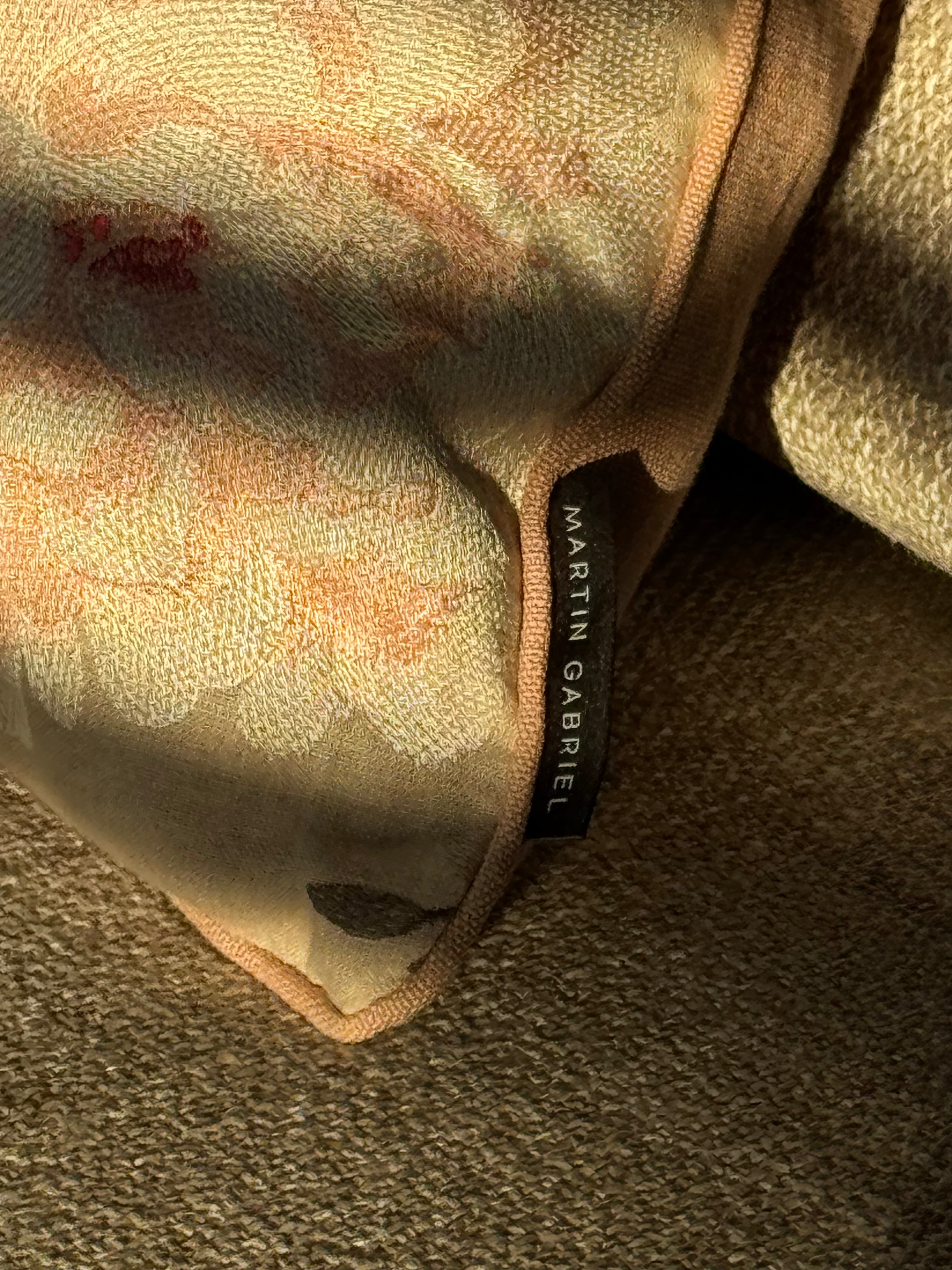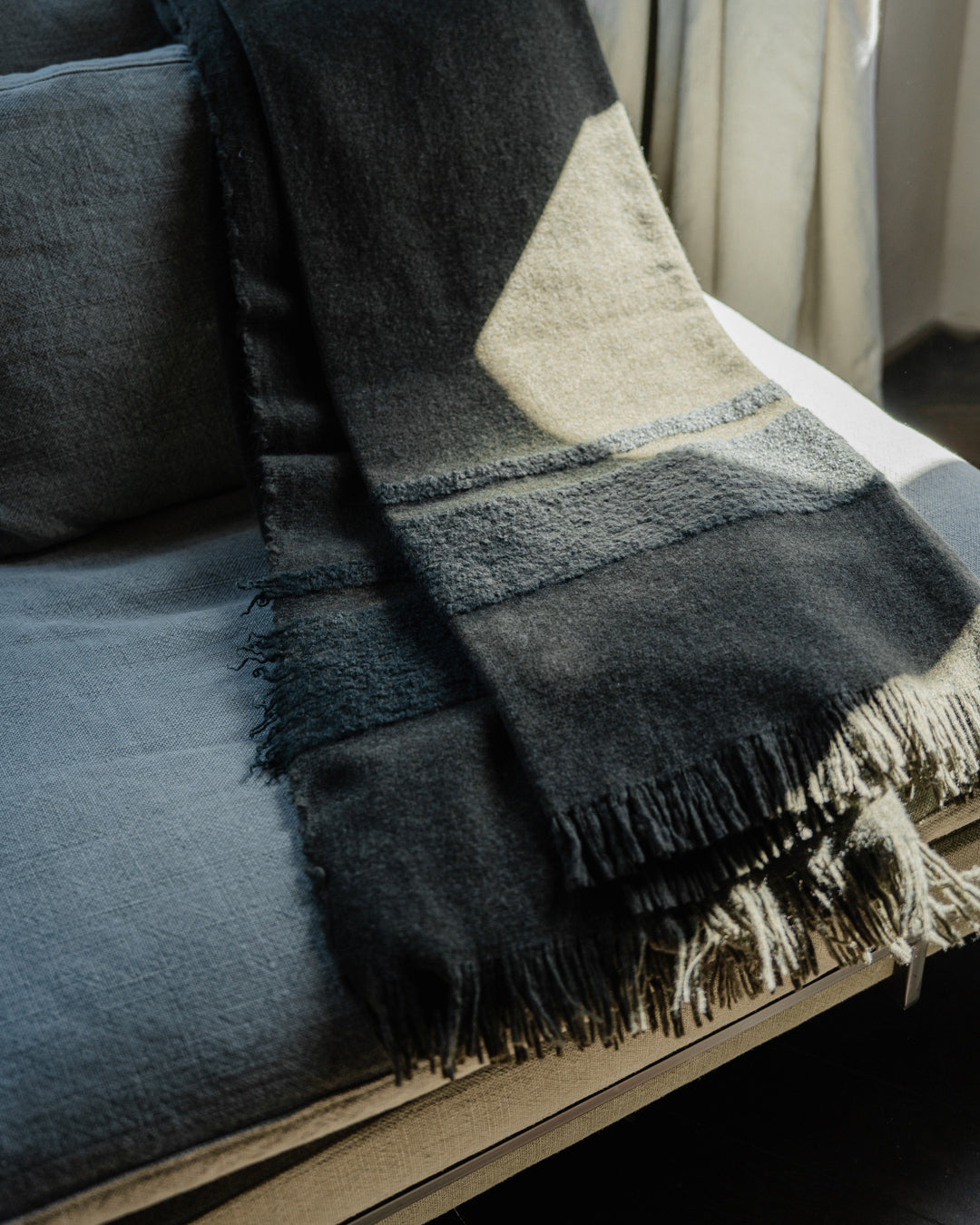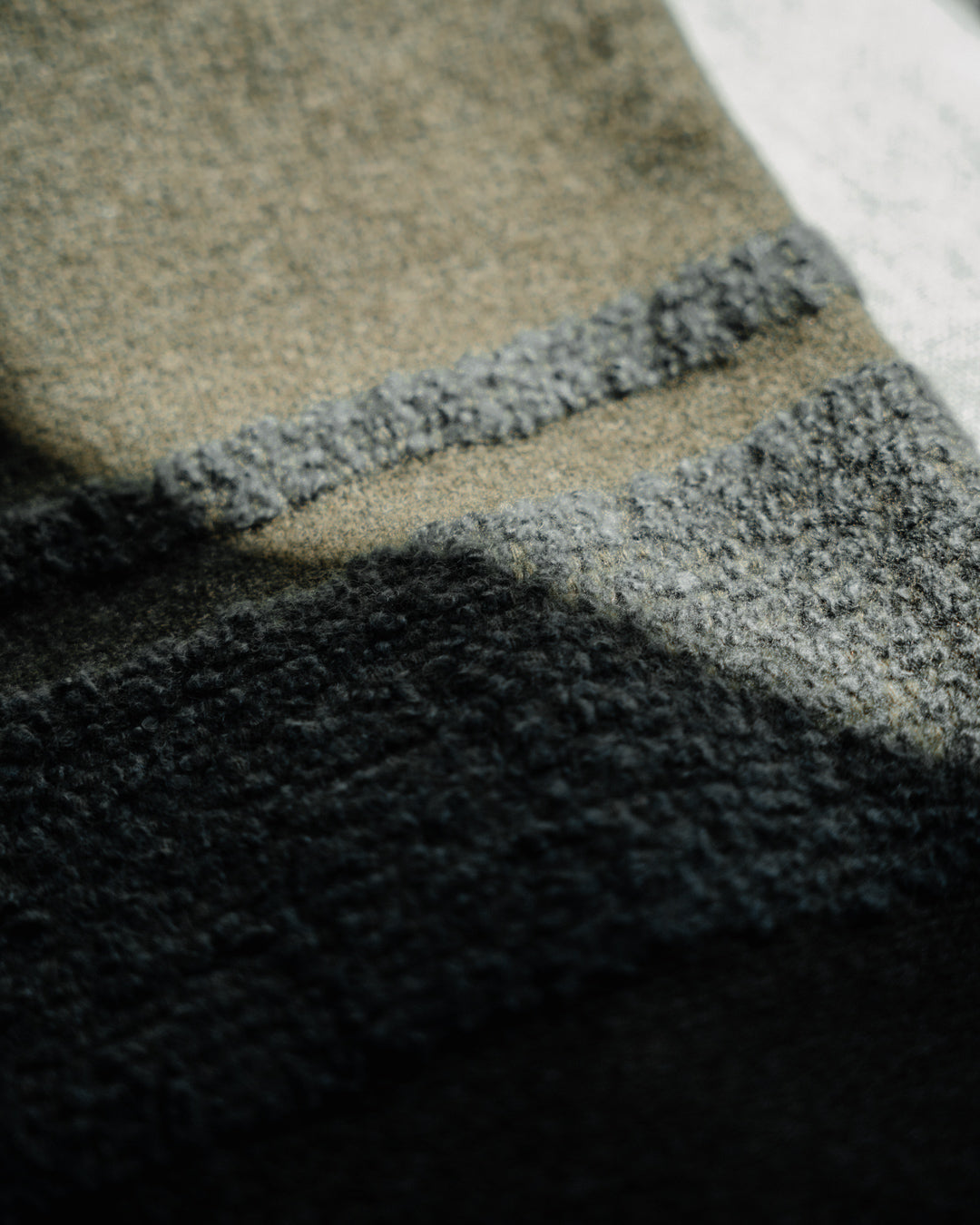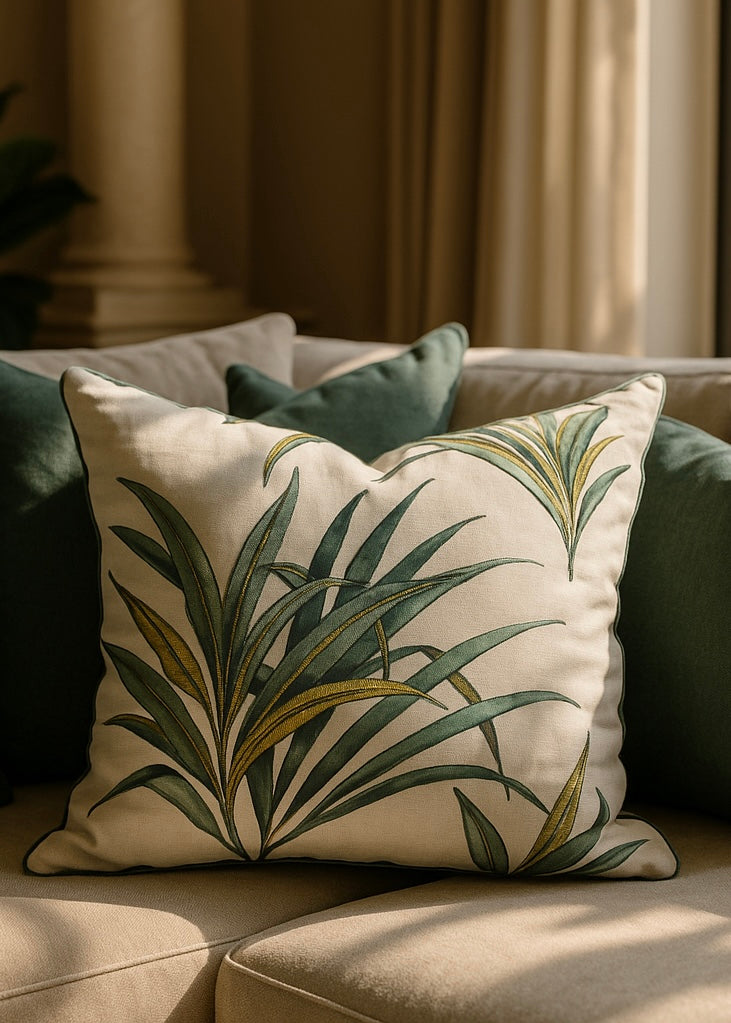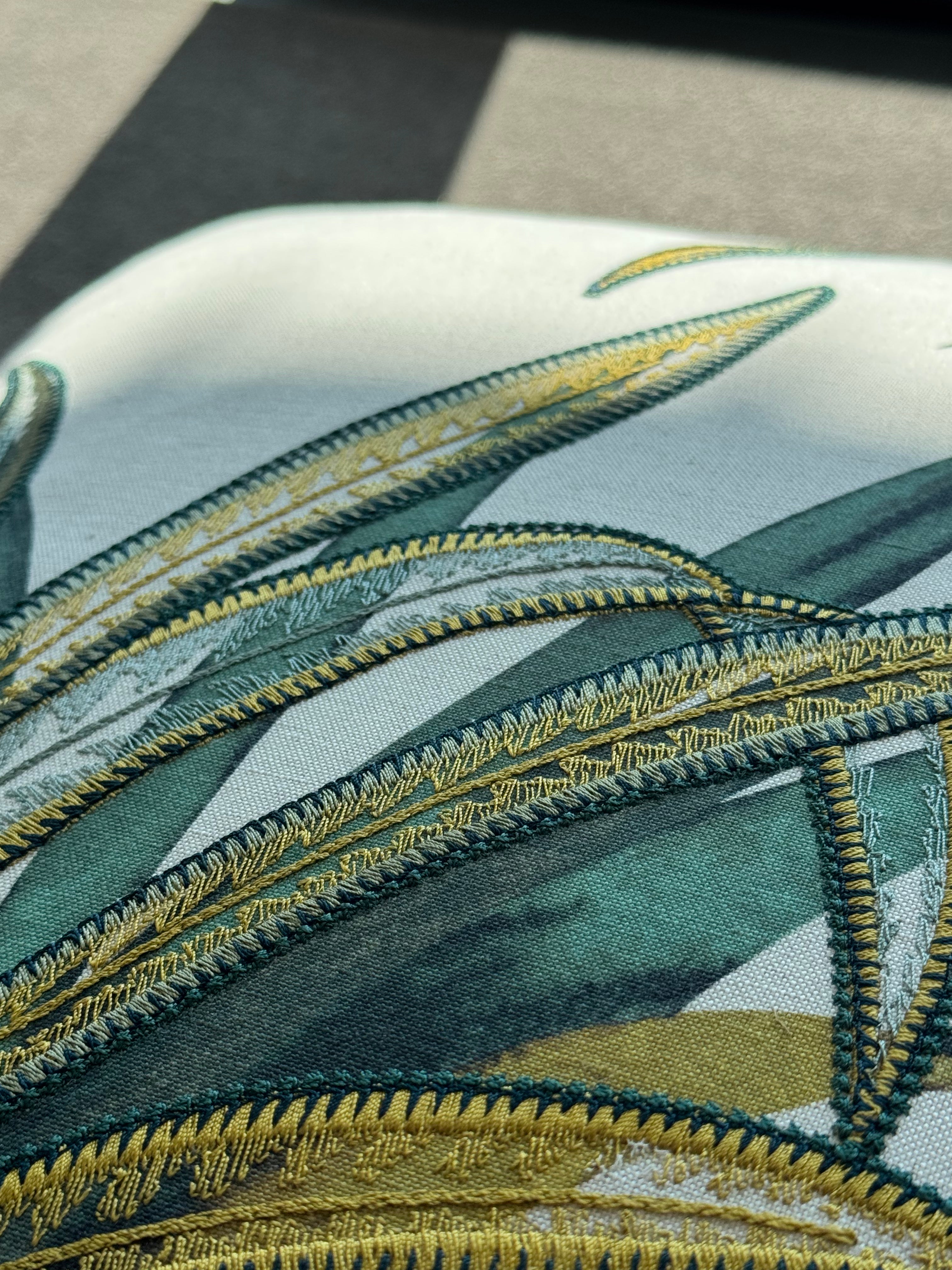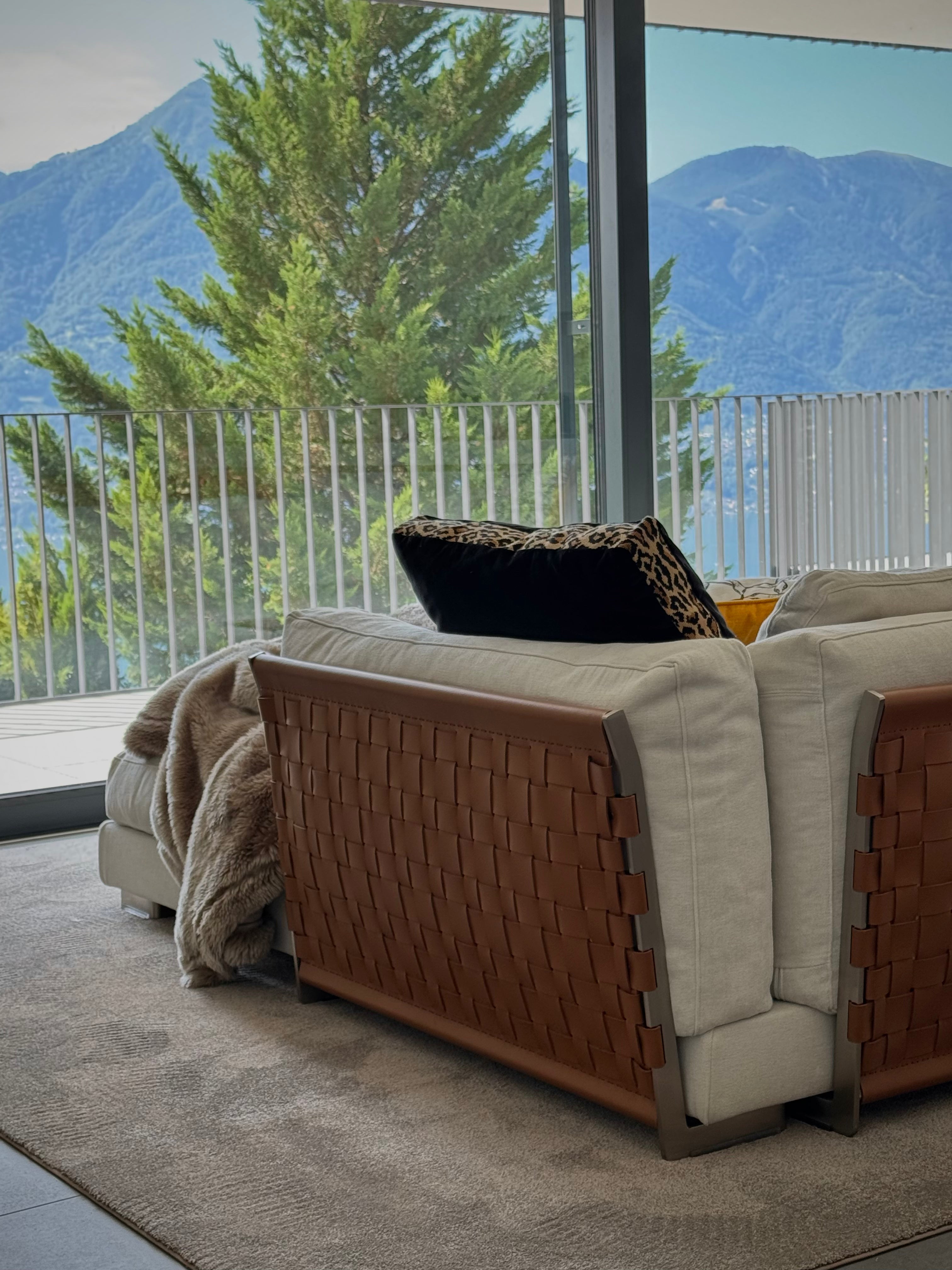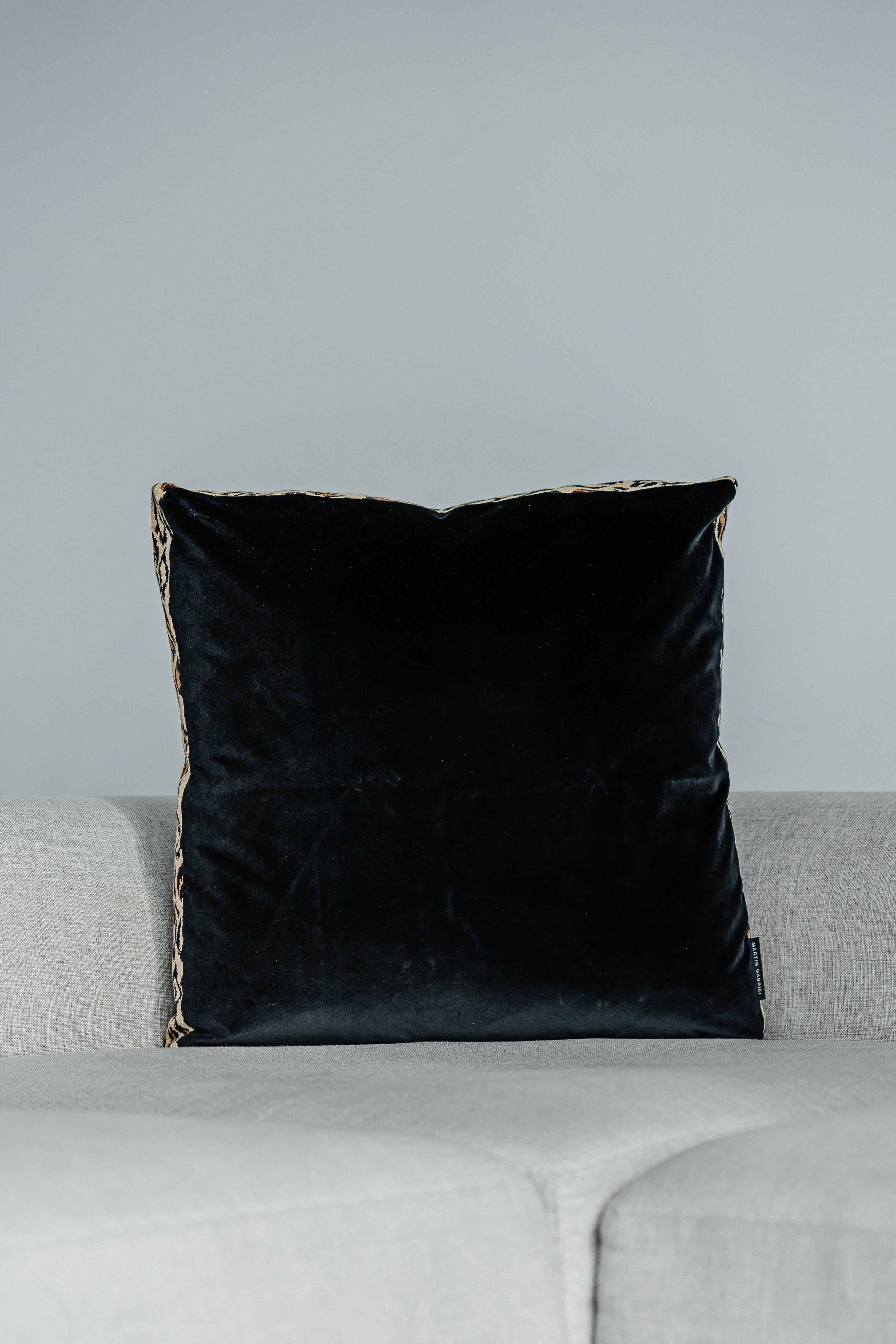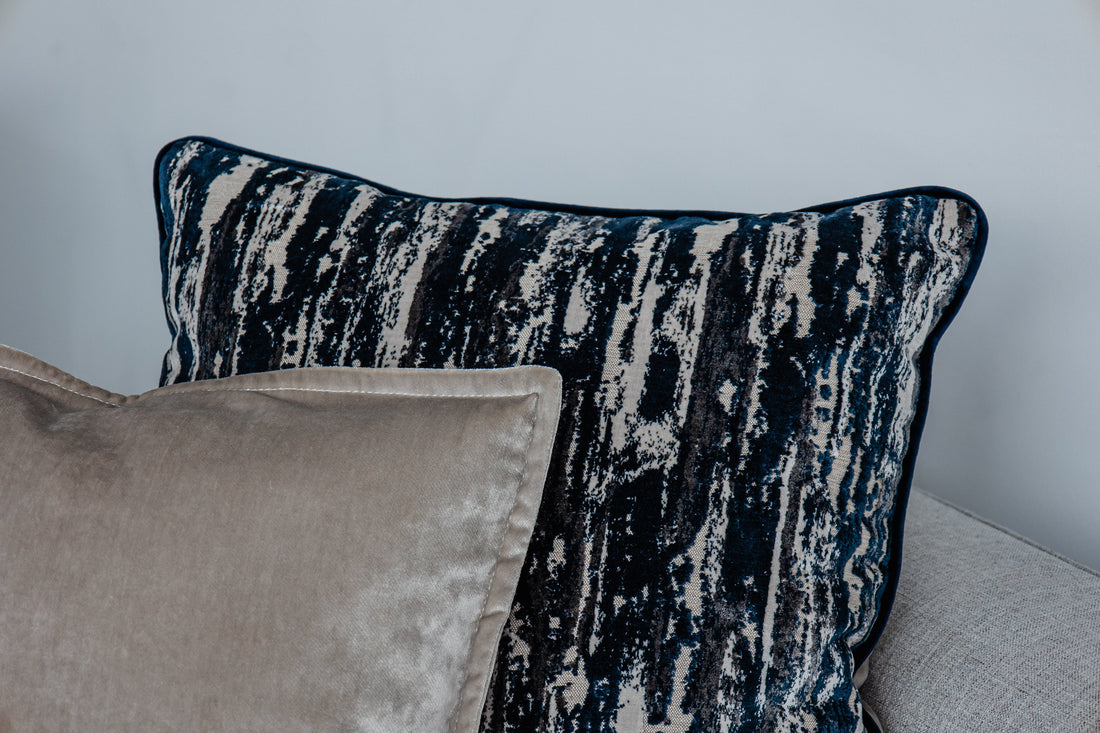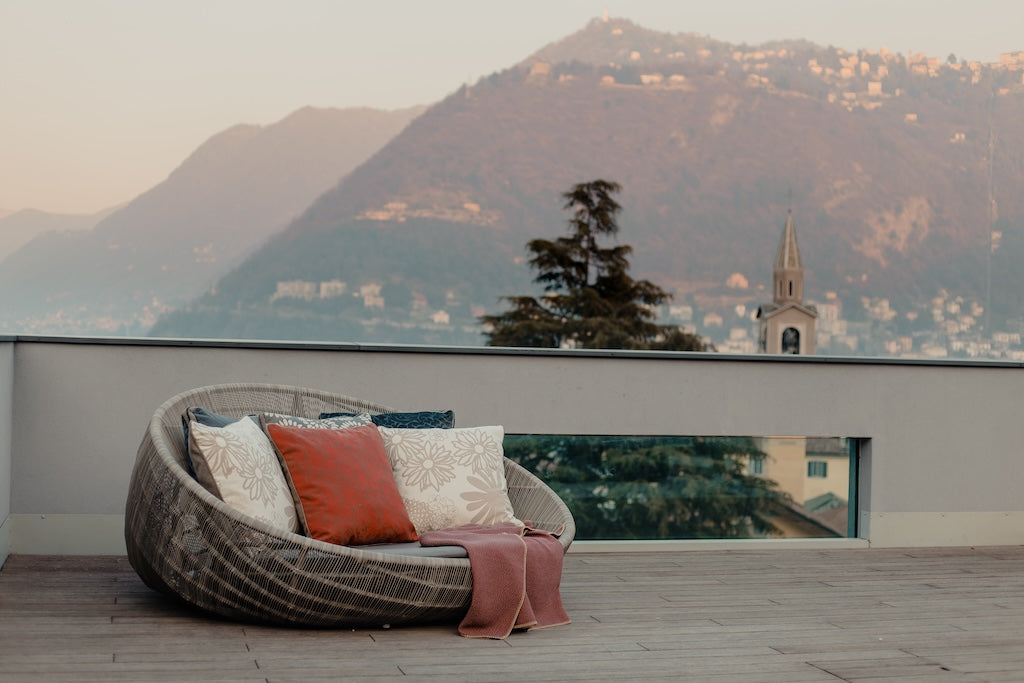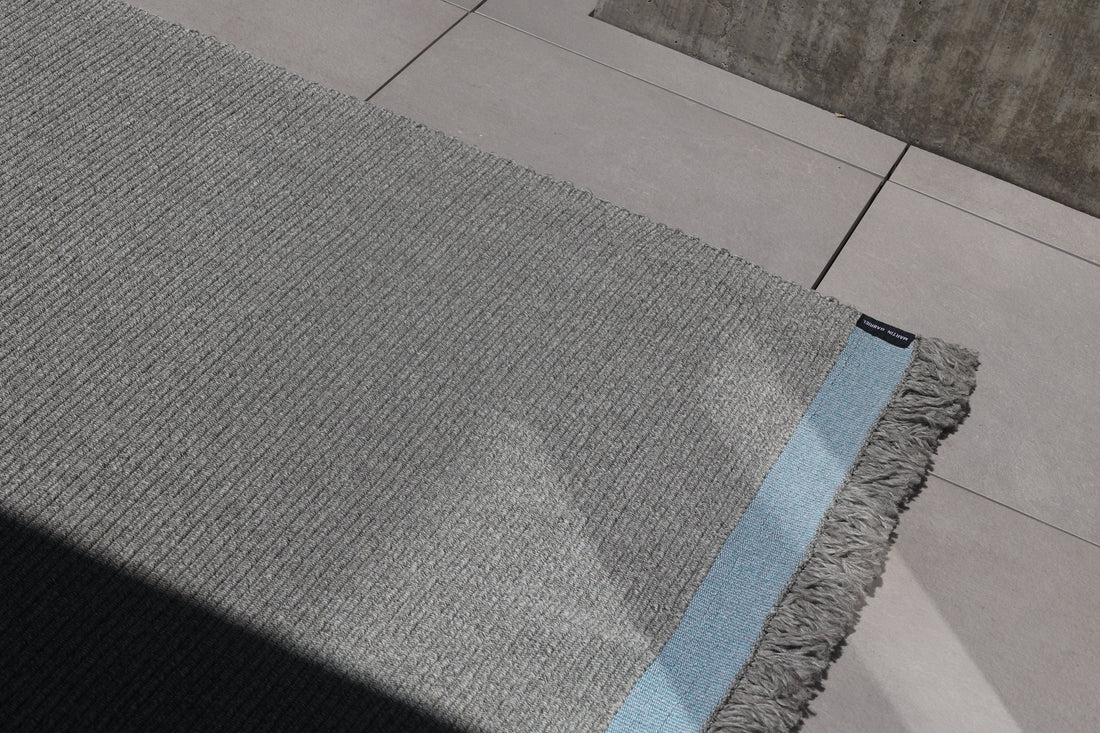Those who furnish their homes in Switzerland with textiles desire timelessness, tangible quality, and an aesthetic that exudes tranquility. Fabrics shape spaces more directly than many pieces of furniture. They dampen noise, regulate temperature, create a sense of security, and convey attitude and style. High-quality home textiles are not a luxury detail, but a foundation for everyday life, health, and longevity.
Why quality matters in home textiles
Textiles are touched every day. Hands stroke pillows, skin rests on bed linens for hours, and feet feel the carpet with the first step in the morning. This is precisely why you immediately notice the difference between mass-produced goods and high-quality craftsmanship. It's all about fiber length, weave density, finishing, seams, and care properties. Small differences add up.
In the long run, quality saves money. A good terry towel retains its shape and fluffiness for years, and a carefully woven rug looks presentable even after repeated vacuuming. Conscious choices mean fewer purchases and conserve resources.
Another consideration concerns the indoor climate. Dense curtains keep out the cold in winter and filter out the light in summer. Natural fibers balance humidity, improving sleep comfort and well-being. This also contributes to energy efficiency and quiet, pleasant acoustics in rooms.
Materials at a glance
The choice of fiber is the first lever for quality. Not every fiber is suitable for every application. The following overview provides guidance.
| material | Haptics and look | Climate and care | Sustainability aspect | Suitable for |
|---|---|---|---|---|
| Cotton (long staple) | soft, versatile, matte to slightly shiny | breathable, easy-care, washable 40 to 60 °C | GOTS/Fairtrade possible, robust | Bed linen, terry cloth, pillowcases |
| Linen | cool, dry feel, elegant creases | very temperature regulating, becomes softer over time, wash 40 °C | low water requirements in cultivation | Table linen, summer bed linen, curtains |
| Wool | warm, elastic, grippy | self-cleaning, wash rarely, care carefully | RWS certification, durable | Blankets, carpets, plaids |
| cashmere | extremely soft, light | Hand wash or gently clean | high durability with proper care | Premium plaids, pillows |
| silk | smooth, luxurious shine | temperature-balancing, sensitive | natural protein fiber | Pillowcases, decorative fabrics |
| Tencel Lyocell | silky, cool | very good moisture regulation, washable at 40 °C | closed production cycle | Bed linen, nightwear |
| hemp | dry, robust, rustic | very robust, becomes softer, washable at 40 °C | undemanding to grow | Table linen, curtains |
| Mixed fabrics (e.g. cotton/linen) | balanced grip | combined advantages, easy to care for | optimized material use | Table linen, bed linen |
Feel is crucial. Cotton sateen feels different than percale, and both have their uses. Those who prefer warmth choose sateen with a smooth surface. Those who value freshness sleep in percale with its matte, fine texture.
Swiss expertise and labels
Switzerland stands for precision, including in the textile sector. This tradition has a long history: St. Gallen embroidery, Appenzell craftsmanship, and weaving expertise in regions like Toggenburg and the St. Gallen area. Today, companies combine this heritage with modern technology.
- Schlossberg Switzerland is known for fine bed linens and detailed prints, developed and manufactured in Switzerland.
- Christian Fischbacher (Fischbacher 1819) stands for fabrics that are both tactile and visually appealing, from bed linen to decorative fabrics.
- Schwob manufactures high-quality table and bed linen for private use and the hotel industry, with a focus on durability and craftsmanship.
- Billerbeck Switzerland and Dauny offer duvets and pillows where the fill power, origin of the down, and processing are transparent.
Reliable certificates help with comparison:
- OEKO-TEX Standard 100 and MADE IN GREEN
- GOTS for organic cotton
- RDS for responsible down
- RWS for wool
- Downpass, Nomite for dust allergy sufferers
The Swiss Cotton label is also interesting. It identifies bed linens and fabrics made from extra-long-staple cotton, which undergoes a high-quality finish in Switzerland. This finish makes the fiber smoother, more durable, and more vibrant in color.
Bed linen, duvets and pillows
Sleep quality begins with the fabric. Two basic concepts help with the selection:
- Percale: fine-threaded, matte, pleasantly cool, ideal for warm sleepers.
- Sateen: dense, smooth, slightly shiny, warmer to the touch, especially popular in winter.
The oft-quoted thread count is only part of the story. Fiber length, spinning, and weaving technique are crucial. Bedding with 200 to 300 threads made from long-staple cotton can be better than 800 threads made from lower-quality fibers. Look for clean seams, concealed zippers with safety stops, and colorfast prints.
For duvets, fill power and weight determine the comfort. A few guidelines:
- 400 to 550 cuin: light, summery loft
- 600 to 750 cuin: All-round
- 750 to 850 cuin: maximum warmth with low weight
Box-shaped cores prevent cold spots. Natural fiber fillings like camel or merino offer excellent moisture management. Synthetic microfibers are easy to care for and suitable for allergy sufferers, but they feel different from down.
Pillows determine neck comfort. A combination of supportive feathers in the core and soft down on the outside is proven. Neck support pillows made of latex or viscoelastic foam can promote a restful sleeping position. Replaceable inner pillows allow for fine-tuning.
Curtains and privacy screens
Apartments in Switzerland often benefit from large windows. Privacy, glare protection, and acoustics therefore play an important role. Fabric curtains can do more than just decorate:
- Blackout fabrics for bedrooms and home cinema
- Thermal lining for windows with cold bridges
- Acoustic fabrics with a higher surface weight that noticeably reduce reverberation
A variety of suspension and pleat options are available: wave, pencil pleat, eyelets, and concealed runners. Motorized tracks can be integrated into smart home systems, including timer programs and sun position control. For south-facing facades, a combination of internal curtains and external sun protection is worthwhile to keep rooms cool.
Easy-care fabrics with removable tape rolls or washable panels make everyday life easier. Pay attention to lightfastness, especially in alpine regions with high UV intensity.
Carpets and home textiles
A rug structures a room, improves acoustics, and provides a tactile anchor. Pure new wool is durable, dirt-repellent, and regulates moisture. Flat-weave rugs fit under dining tables, while deep-pile rugs create a cozy atmosphere in the living room. Hand-knotted rugs are unique, and tufting offers a wide range of shapes and colors.
Size guidelines help:
- Sofa zone: front legs on the carpet, minimum width of sofa plus 20 centimeters per side
- Dining table: Carpet large enough to allow chairs to remain on the carpet when pulled back
- Bedroom: 60 to 80 centimetres of carpet area around the bed or two wide runners
Plaids, pillows, and bedspreads create layering. Different textures, such as linen next to bouclé and wool, add depth without being too loud.
bathroom and kitchen
Terry cloth quality can be identified by its weight, yarn quality, and loop density. 500 to 700 g/m² feel rich, while so-called zero-twist yarns are fluffy and absorbent. Double-stitched edges increase durability. A set of small hand towels, medium bath towels, and a generous bath towel covers everyday needs.
In the kitchen, half-linen tea towels prove their worth, drying streak-free. Jacquard-woven patterns retain their shape. Potholders with heat-resistant inserts provide reliable protection and are quickly at hand in beautiful fabrics.
Color and design concepts
Many Swiss interiors thrive on calm basic tones: off-whites, sand, taupe, gray, and fir green. Colorful cushions, a handwoven rug, or a printed bedspread add accents. Patterns work best when they tell a story, whether botanical prints by Schlossberg or graphic textures.
A trick for harmonious rooms: combine textiles in color. The tone of a curtain can be echoed in the throw, or the piping color of a sofa cushion can match the wood of the dining table. This creates a connection without making everything look the same.
Care, repair and storage
Those who invest in care get beauty back. A few principles:
- Wash bed linen inside out, close zippers, choose moderate temperature
- Use fabric softener sparingly or not at all to ensure that fibers remain breathable
- Only air out wool plaids, treat them selectively, and if necessary wash them in the wool program with wool detergent
- Vacuum carpets regularly, turn them every few months, and have them professionally cleaned occasionally
- Keep curtains dust-free, wash or steam once a year
Pilling is normal for wool and cotton; a good lint shaver can help. Refresh down duvets once a year in the dryer with dryer balls, then store in a well-ventilated place. Store summer comforters in breathable cotton covers, not plastic.
Minor repairs extend the lifespan. A loose seam on a pillow is quickly repaired, and a torn hanger on a towel is quickly replaced. Careful ironing temperatures preserve colors and fabric textures.
Purchasing strategy and budget
Quality has its price, but there are smart ways:
- Order fabric samples and compare at home in daylight
- Use set offers that are coordinated with each other
- Buy valuable basics and play with seasonal accents
- Visit outlet and factory sales, where sample collections can be found
- Use custom-made products where they have the greatest effect, such as curtains or a special-sized carpet
Price orientation in Switzerland varies depending on the brand and production range:
- Long-staple cotton bedding set: approximately 200 to 500 CHF
- Down duvet with high filling power: about 400 to 1200 CHF
- Good quality wool plaid: about 150 to 500 CHF
- High-quality curtain fabric per meter: about 60 to 200 CHF, plus assembly costs
Service is key. Good retailers offer advice on fabrics, care instructions, repairs, or reupholstery for favorite pieces, and, upon request, provide installation for rails and rods.
Smart Home and Health
Textiles can be elegantly integrated into smart systems. Curtains open automatically in the morning, lower in strong sunlight, or close at sunset. Light and temperature profiles combine with the fabric to create a pleasant routine.
For allergy sufferers, mite-proof encasings offer effective protection. Washable fillings with hollow fiber or selectable loft facilitate care. Certifications such as Nomite indicate that duvets and pillows are also suitable for people with dust mite allergies.
In children's rooms, robust, washable fabrics with high abrasion resistance work well. Low-pile rugs are easy to care for, and curtains should be light but opaque.
Custom-made: when you want it to fit perfectly
Window dimensions are rarely standardized, and room heights vary. Custom-made curtains ensure a clean drape and take radiators, window sills, and doors into account. Our consultation focuses on:
- Mounting type: ceiling, wall, niche
- Pleats and fabric allowance
- Linings, blackout, thermal properties
- Operation: rod, pull cord, chain, motor
Tablecloths also benefit from a customized format; 20 to 30 centimeters of overhang create a harmonious effect. Pillowcases with piping or piping visibly showcase custom-made designs.
Regional accents and craftsmanship
Switzerland boasts a dense network of studios. St. Gallen embroideries reinterpret tradition, weaving mills in the Swiss Plateau deliver durable fabrics with a crisp texture, and upholstery shops reupholster chairs and sofas. Local manufacturing benefits from short delivery routes, reliable quality, and personalized service.
The interplay of craftsmanship and industry is evident in woven ribbons, piping cords, zippers in custom colors, and precise seams. Small details often determine the impression of quality.
A style that lasts
Ultimately, a sense of purpose shapes the textile mix. Consistently selected materials, ease of care, and colors that draw on a natural palette bring serenity to the room. A satin pillow next to a linen throw, wool on the floor, a softly draped curtain in a color that beautifully absorbs the Alpine light are often enough to create a harmonious image.
A simple rule helps with every decision: Choose the best quality within your budget, and start with the fabrics you touch every day. The rest will fall into place over time.




